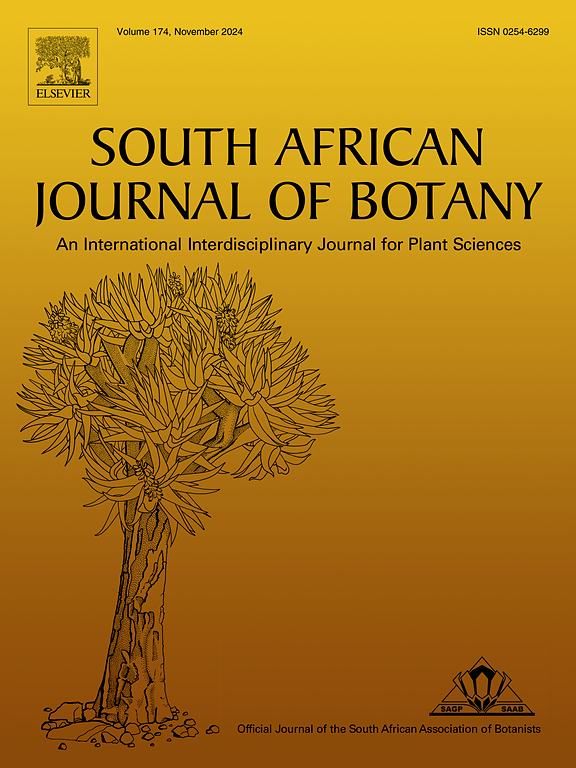Unlocking the medicinal potential of Ocimum africanum: A review of its phytoconstituents and pharmacological activities
IF 2.7
3区 生物学
Q2 PLANT SCIENCES
引用次数: 0
Abstract
Ocimum africanum Lour. (lemon basil), a member of the Lamiaceae family, has long been used in traditional medicine to treat coughs, headaches, digestive problems, and infections, and for its insect repellent characteristics. Despite its widespread ethnomedicinal use, pharmacological studies are still restricted. This review summarizes current knowledge on the taxonomy, phytochemical diversity, and biological activity of O. africanum, with a focus on its therapeutic potential and regional chemotypic variation. The essential oil contains bioactive monoterpenes such as citral, linalool, camphor, and geraniol, which have potent antibacterial, antifungal, larvicidal, and mosquito-repellant properties.
Notably, the chemical composition varies by location: citral predominates in Indian and Egyptian accessions, whereas (Z)-isoeugenol and methyl chavicol are more common in Brazilian and Croatian populations. Additionally, triterpenoids such as ursolic and oleanolic acids contribute to its anticancer, anti-inflammatory, and antioxidant properties. The exceptional phytochemical complexity and pharmacological characteristics of O. africanum highlight its therapeutic potential and the need for future studies focused on bioactivity validation, compound standardization, and drug development prospects.
解锁非洲花的药用潜力:其植物成分和药理活性的综述
非洲葡萄。(柠檬罗勒),一种兰科植物,长期以来在传统医学中用于治疗咳嗽、头痛、消化问题和感染,并具有驱虫特性。尽管其广泛的民族医学用途,药理学研究仍然受到限制。本文总结了当前的知识分类,植物化学的多样性,o . africanum和生物活性,关注其治疗潜力和区域chemotypic变异。精油含有生物活性单萜,如柠檬醛、芳樟醇、樟脑和香叶醇,它们具有有效的抗菌、抗真菌、杀幼虫和驱蚊特性。值得注意的是,化学成分因地区而异:柠檬醛在印度和埃及种群中占主导地位,而(Z)-异丁香酚和甲基查维酚在巴西和克罗地亚种群中更为常见。此外,熊果酸和齐墩果酸等三萜类物质有助于抗癌、抗炎和抗氧化。o . africanum的特殊植物化学的复杂性和药理特点突出的治疗潜力,需要未来的研究集中在生物活性验证、标准化、复合和药物开发前景。
本文章由计算机程序翻译,如有差异,请以英文原文为准。
求助全文
约1分钟内获得全文
求助全文
来源期刊

South African Journal of Botany
生物-植物科学
CiteScore
5.20
自引率
9.70%
发文量
709
审稿时长
61 days
期刊介绍:
The South African Journal of Botany publishes original papers that deal with the classification, biodiversity, morphology, physiology, molecular biology, ecology, biotechnology, ethnobotany and other botanically related aspects of species that are of importance to southern Africa. Manuscripts dealing with significant new findings on other species of the world and general botanical principles will also be considered and are encouraged.
 求助内容:
求助内容: 应助结果提醒方式:
应助结果提醒方式:


